Report this entry
More from the same community-collection
Juarez Turf Club Exchange - Juarez, Mexico
Full house at the Turf Club Exchange. This photo though not ...
Juarez Cockfights - Juarez, Mexico
A full crowd waiting for the cockfight to begin, notice the ...
Bullfighter Portraits - Juarez, Mexico
Portraits of a group of bullfighters in traditional costume. ...
Customs House - Juarez, Mexico
The Customs House in Juarez, Mexico. Other photos of the Customs ...
Mote Carlo Club - Juarez, Mexico
Large crowd at the Monte Carlo Club. The sign in the center of ...
Mexican Revolution Federals (Rurales) - Juarez, Mexico
Group of Mexican Federals standing around a group of deceased ...
Southern Pacific Railroads, El Paso,TX circa 1905
Southern Pacific Railroad (E. P & S W. ) railroad yards, Photo ...
Francisco "Pancho" Villa - El Paso, Texas
Portrait of famed Mexican Revolution leader Francisco "Pancho" ...
Johnson's Automobile Repair Shop - El Paso, Texas
Johnson's Automobile Repair Shop located at 326 Texas St. This ...
The Dead of The Mexican Revolution
A.) This photo shows a deceased Zapatista. The caption reads, ...
Downtown Street Scene, El Paso,TX, circa 1906
St. Louis St. (Mills St. Today) facing west. The Federal ...
Large Rock Formation, El Paso, Texas
Photograph of a large rock formation behind a body of water from ...
Photo Collage of Francisco "Pancho" Villa
This photo is a collage of 12 independent Aultman photos 1 and 7 ...
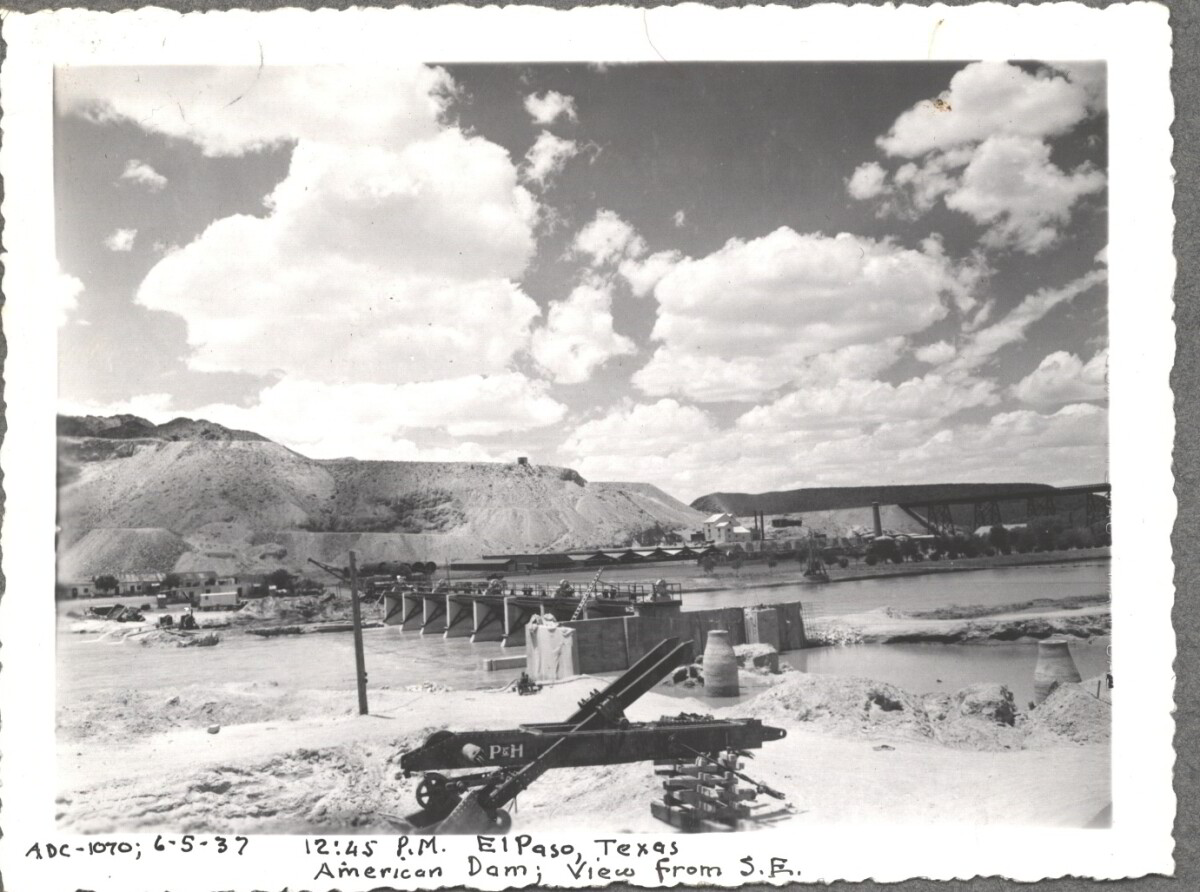
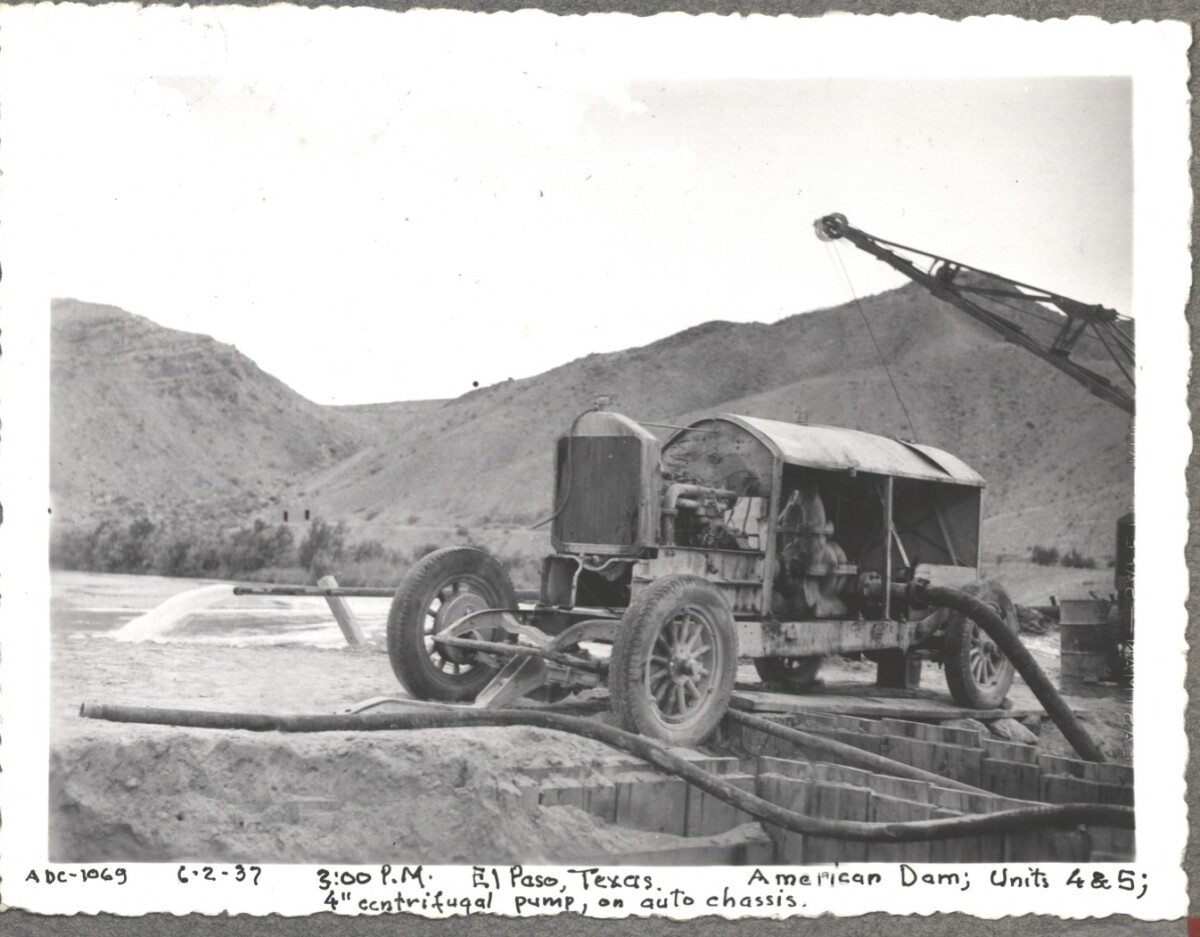

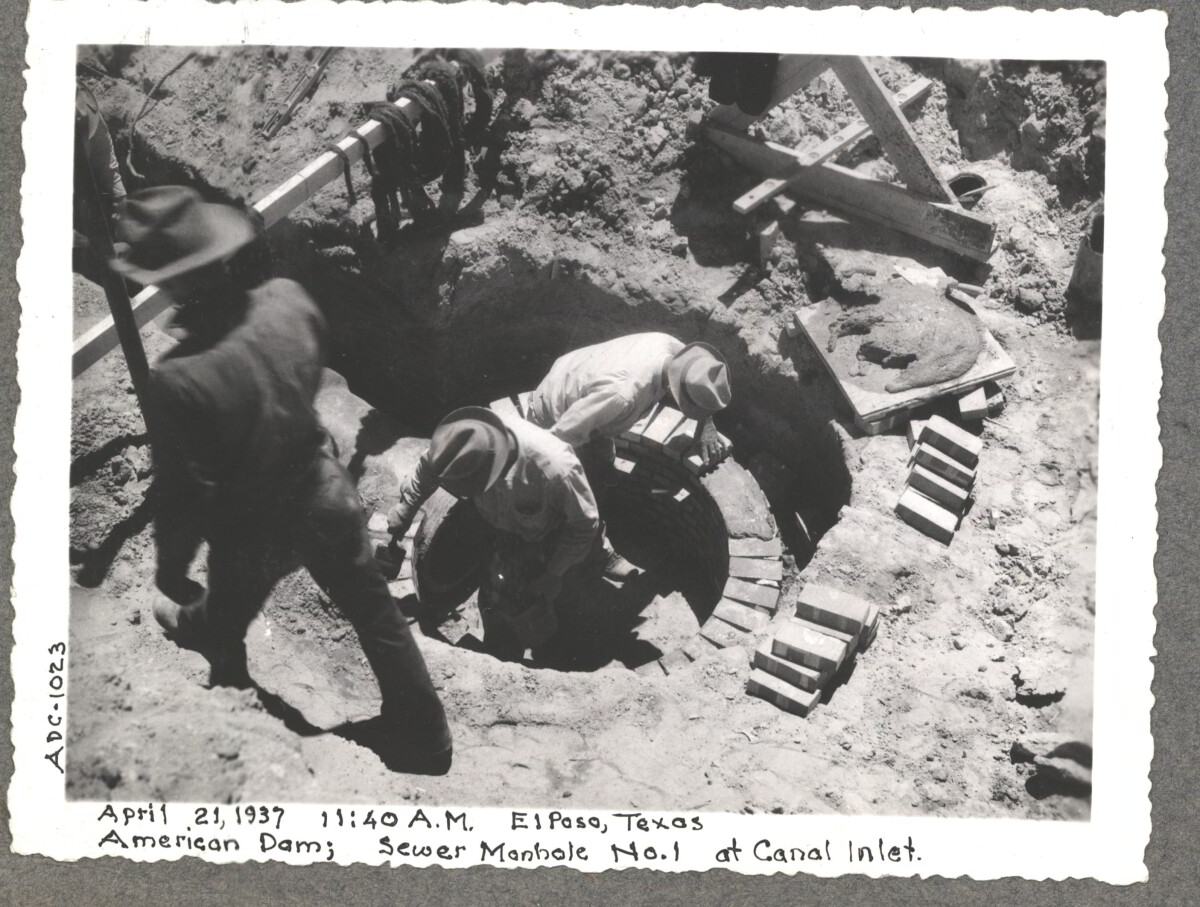
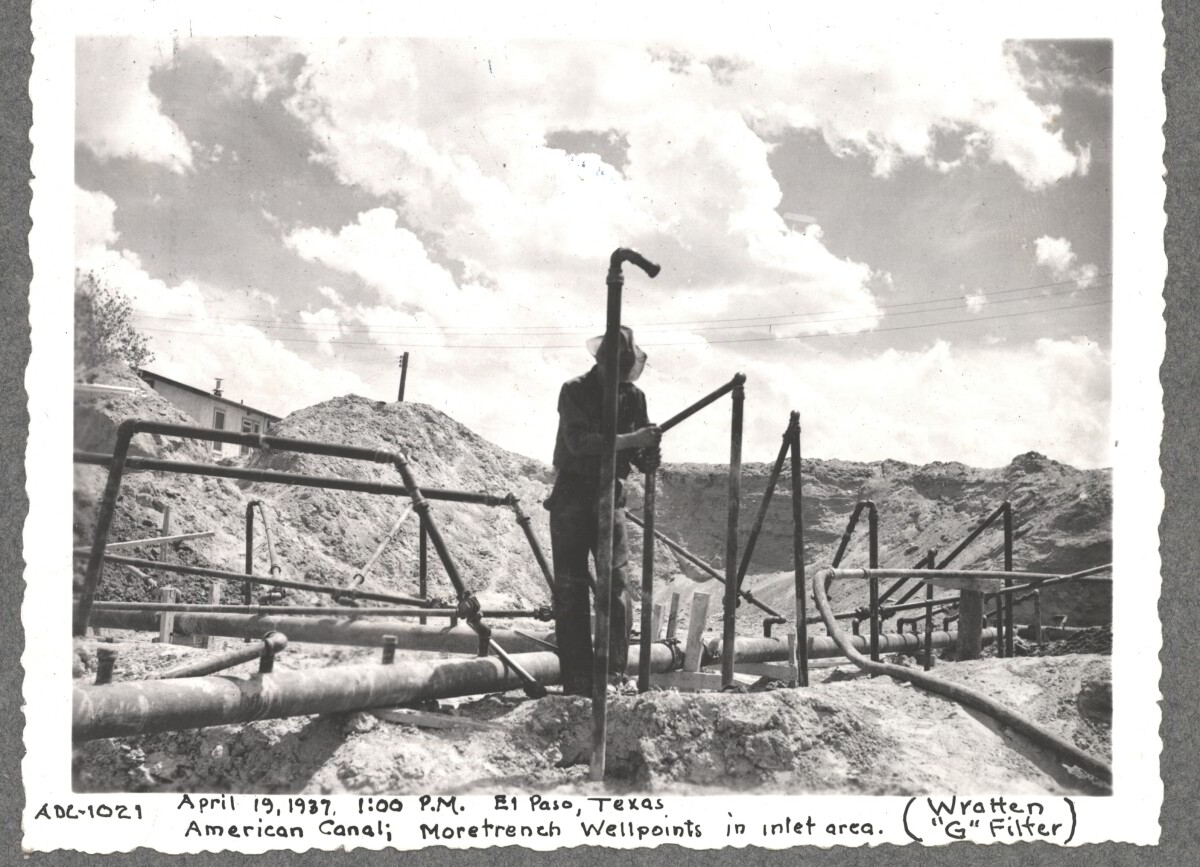
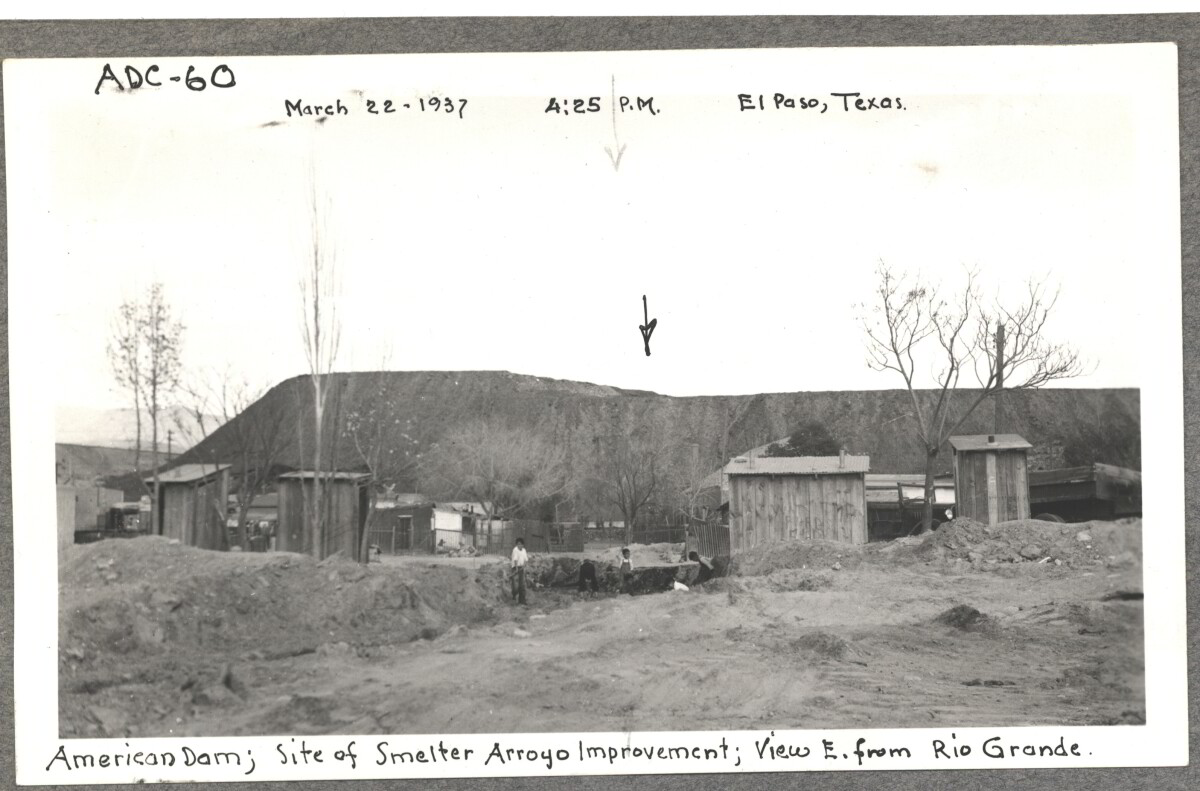
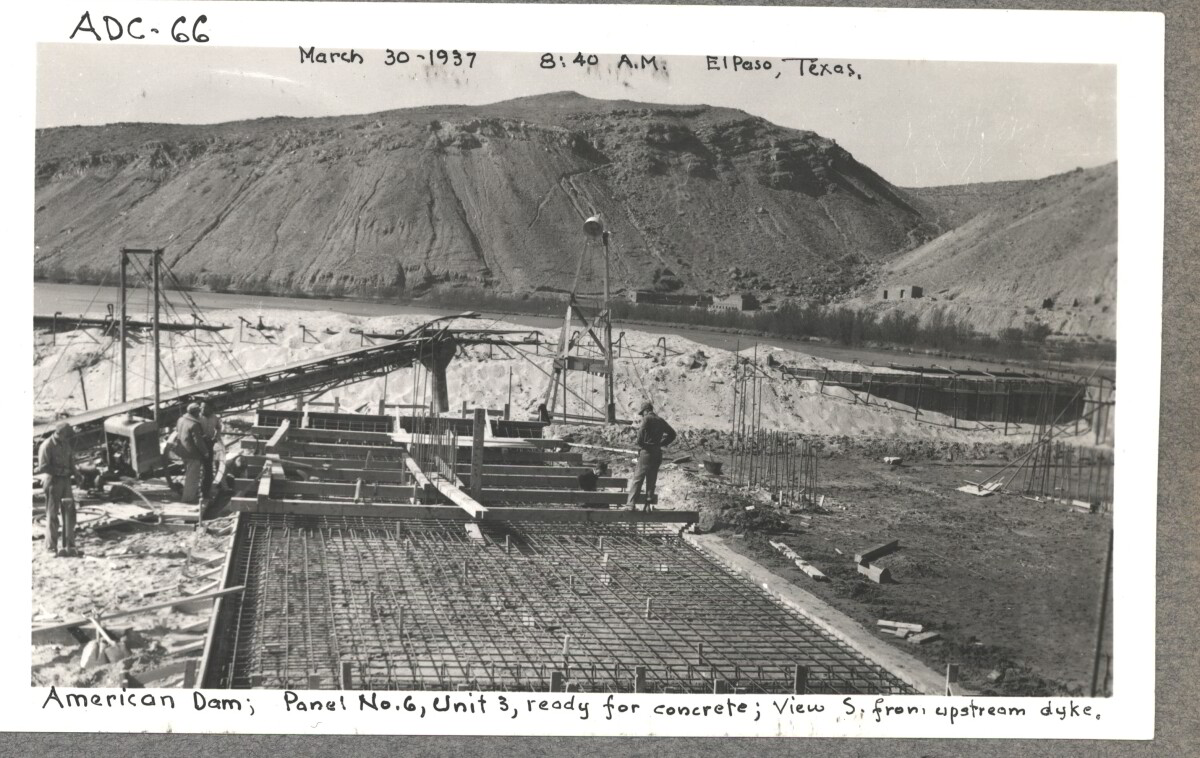
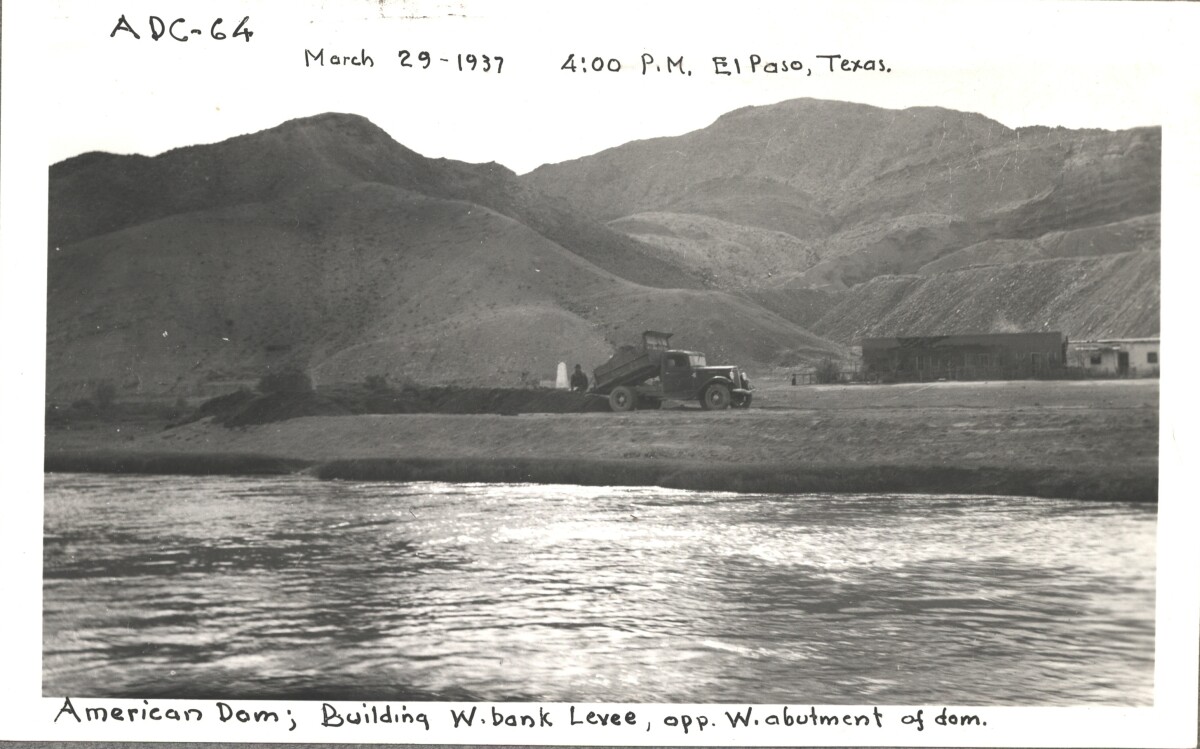
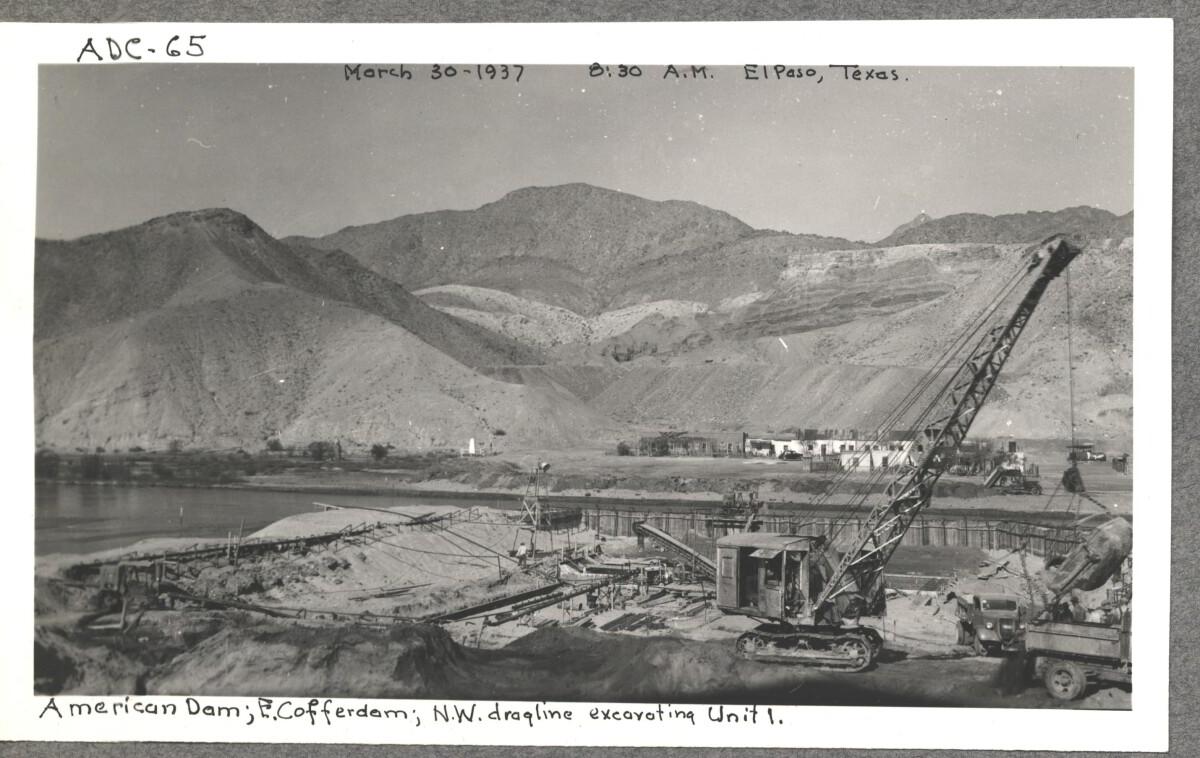
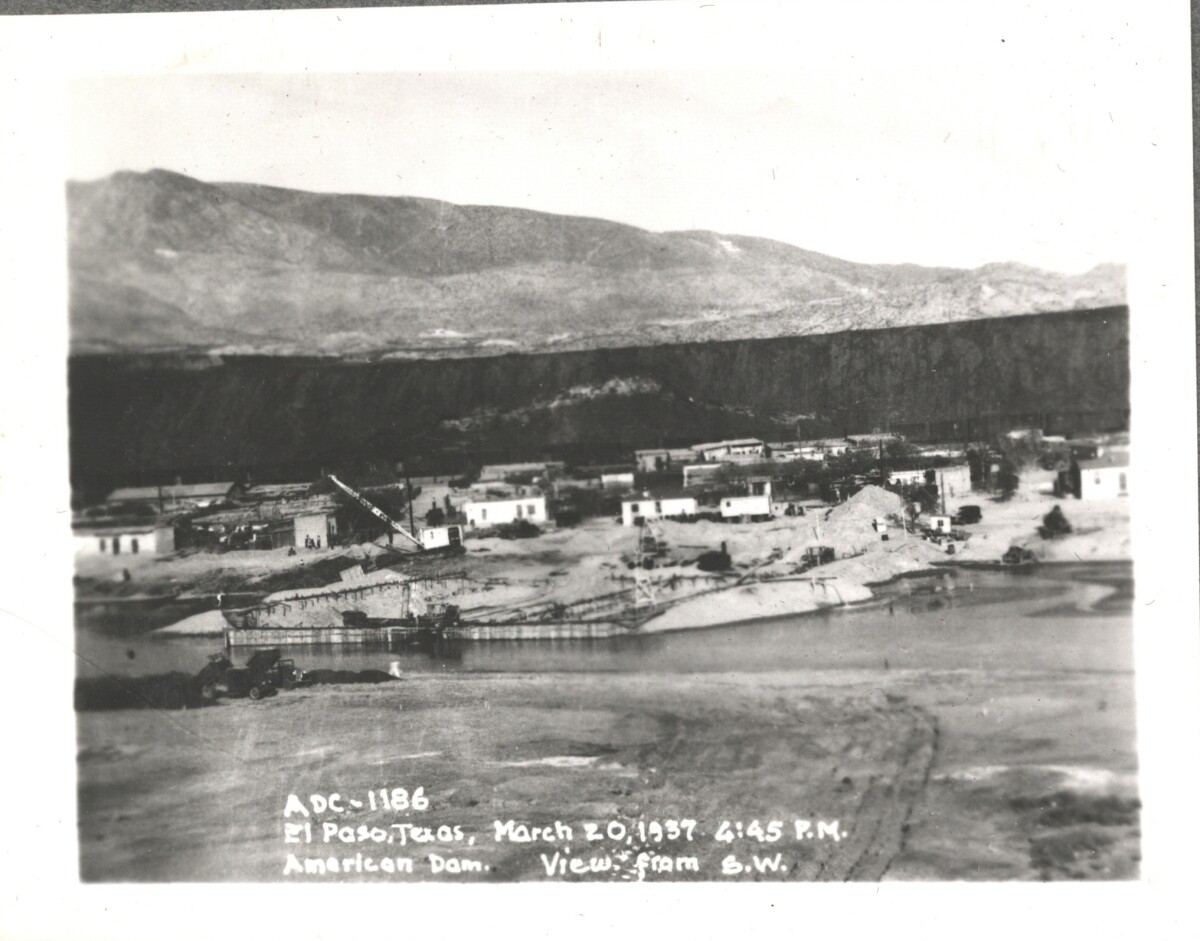
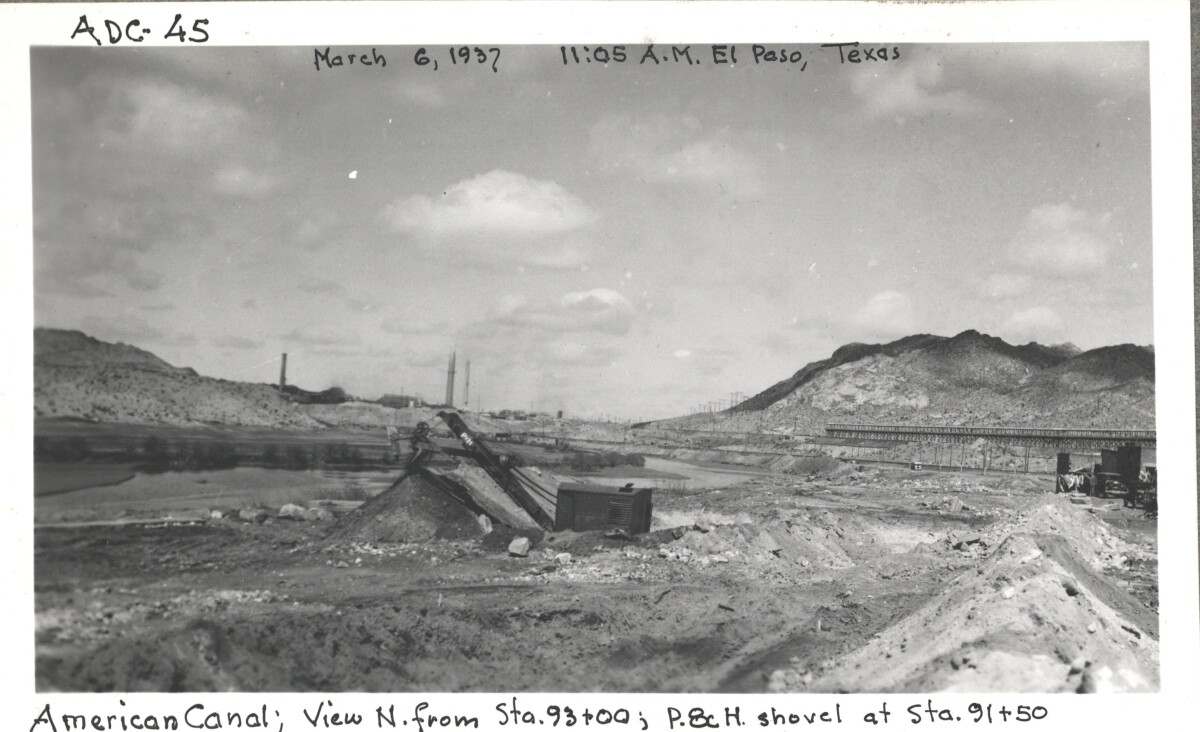
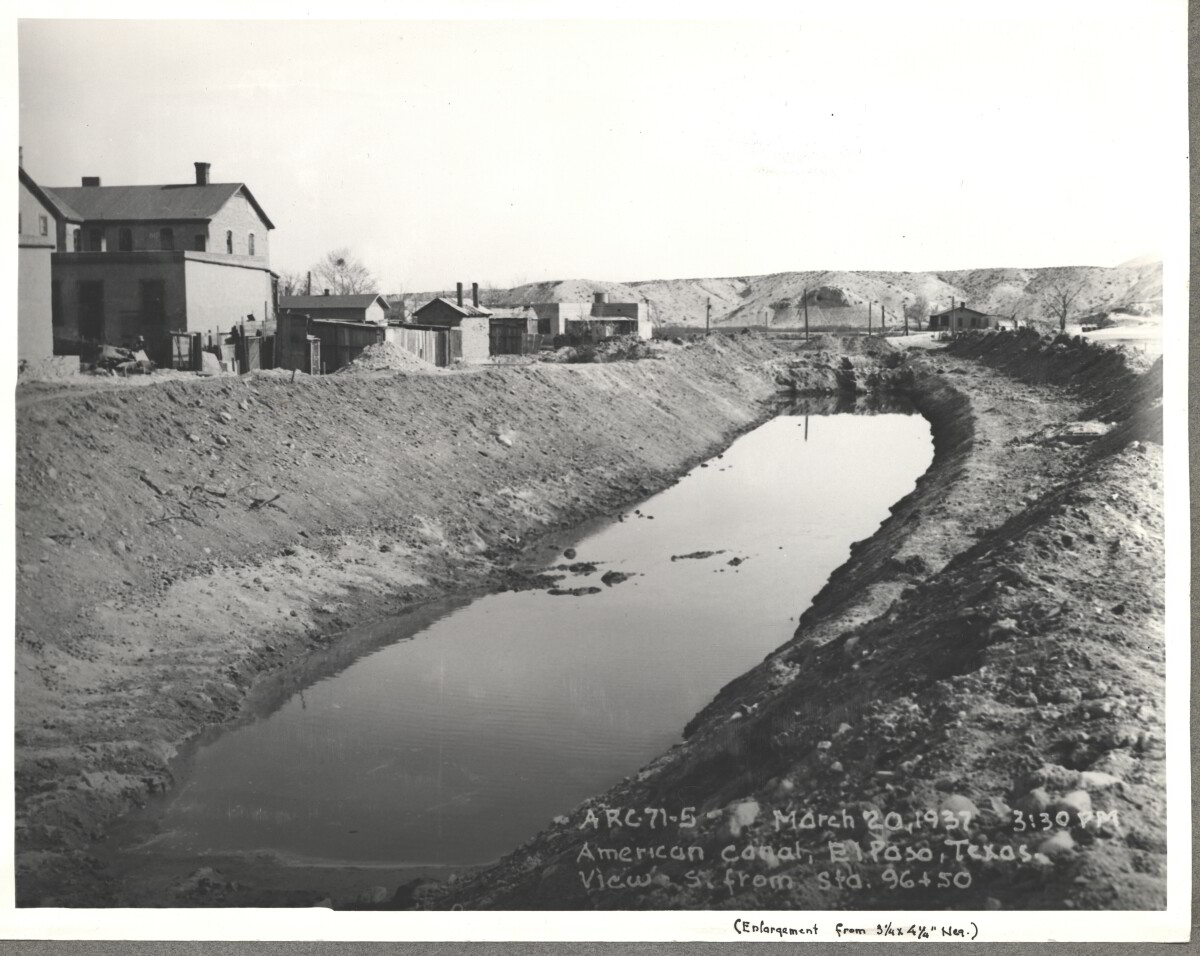
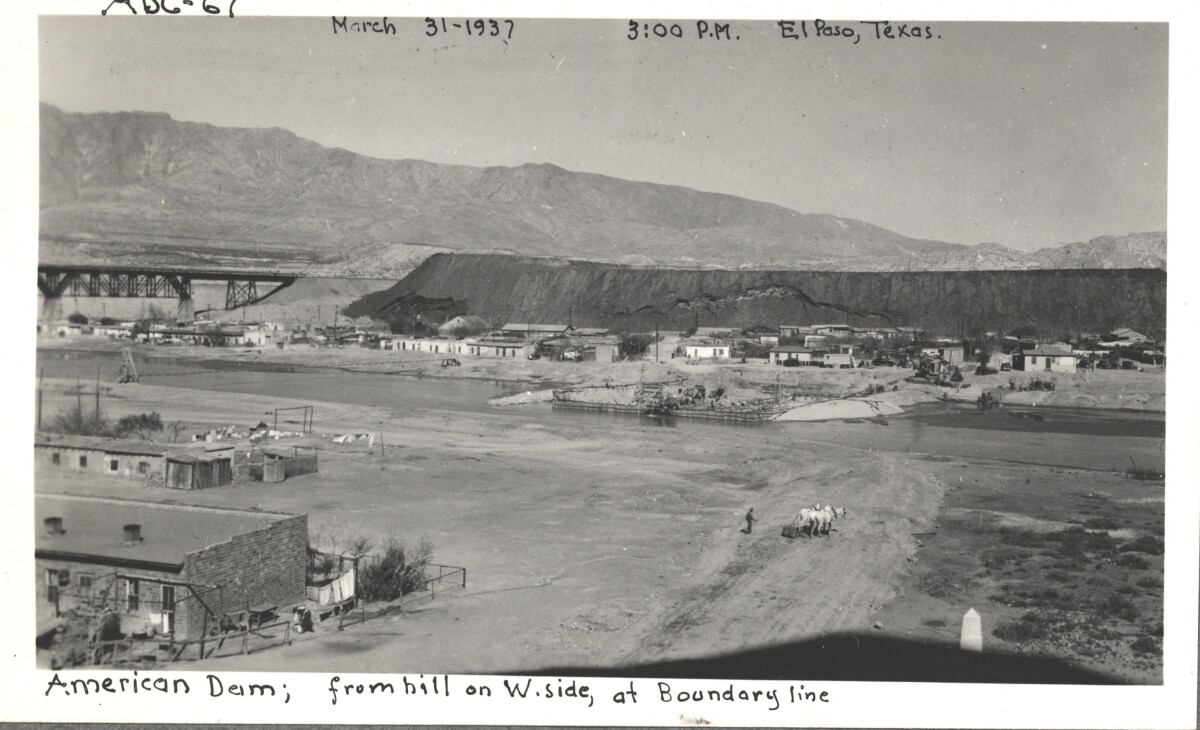
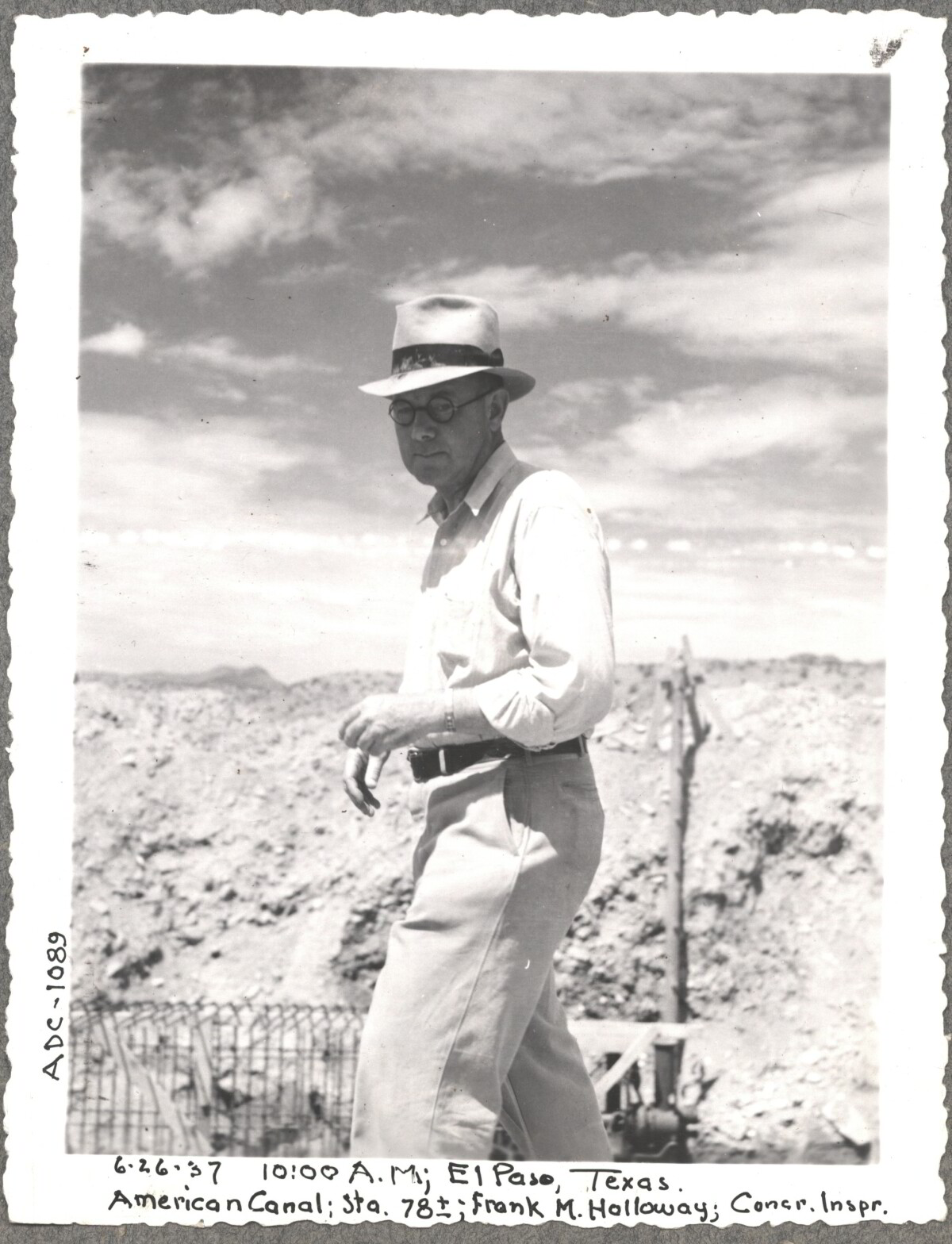
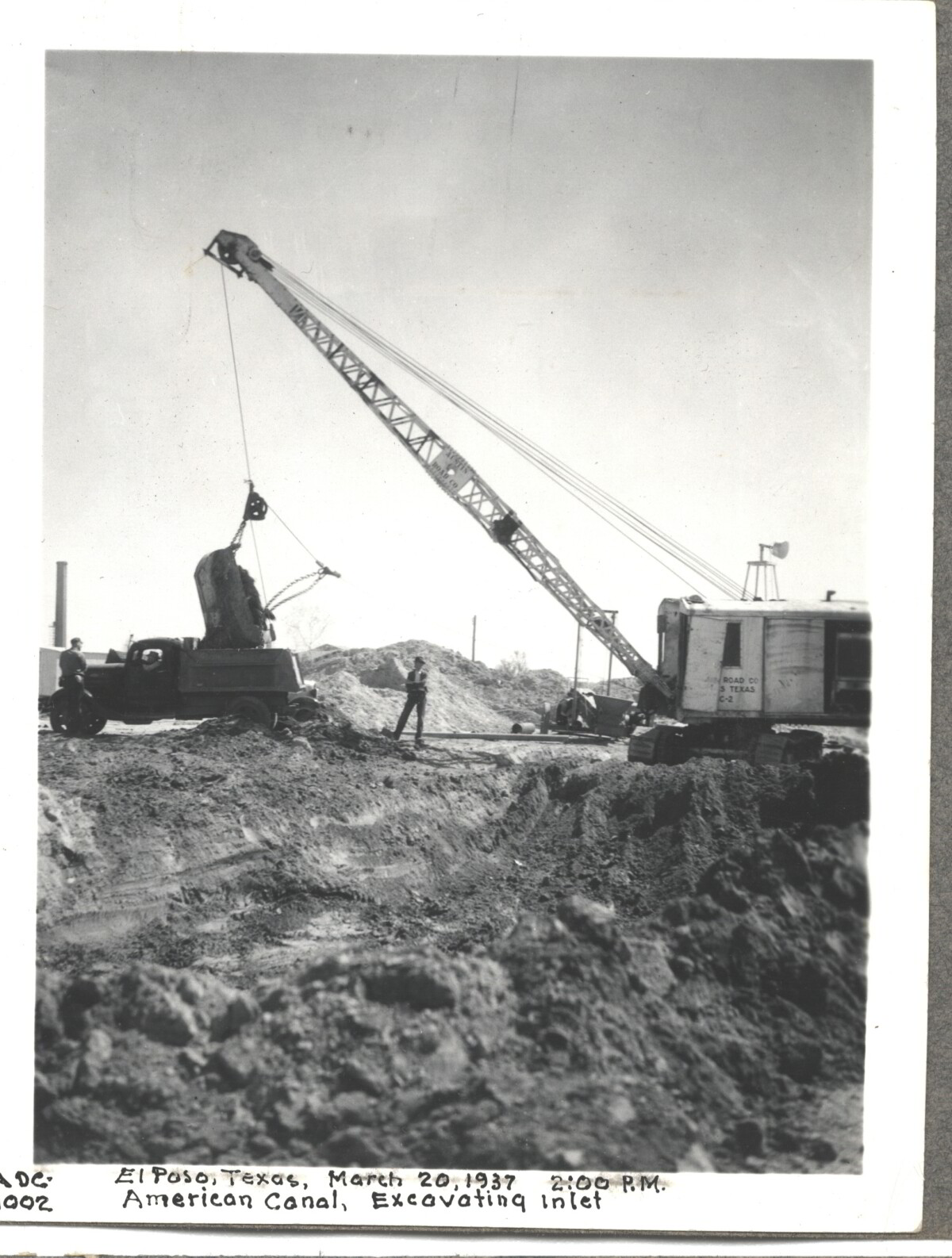
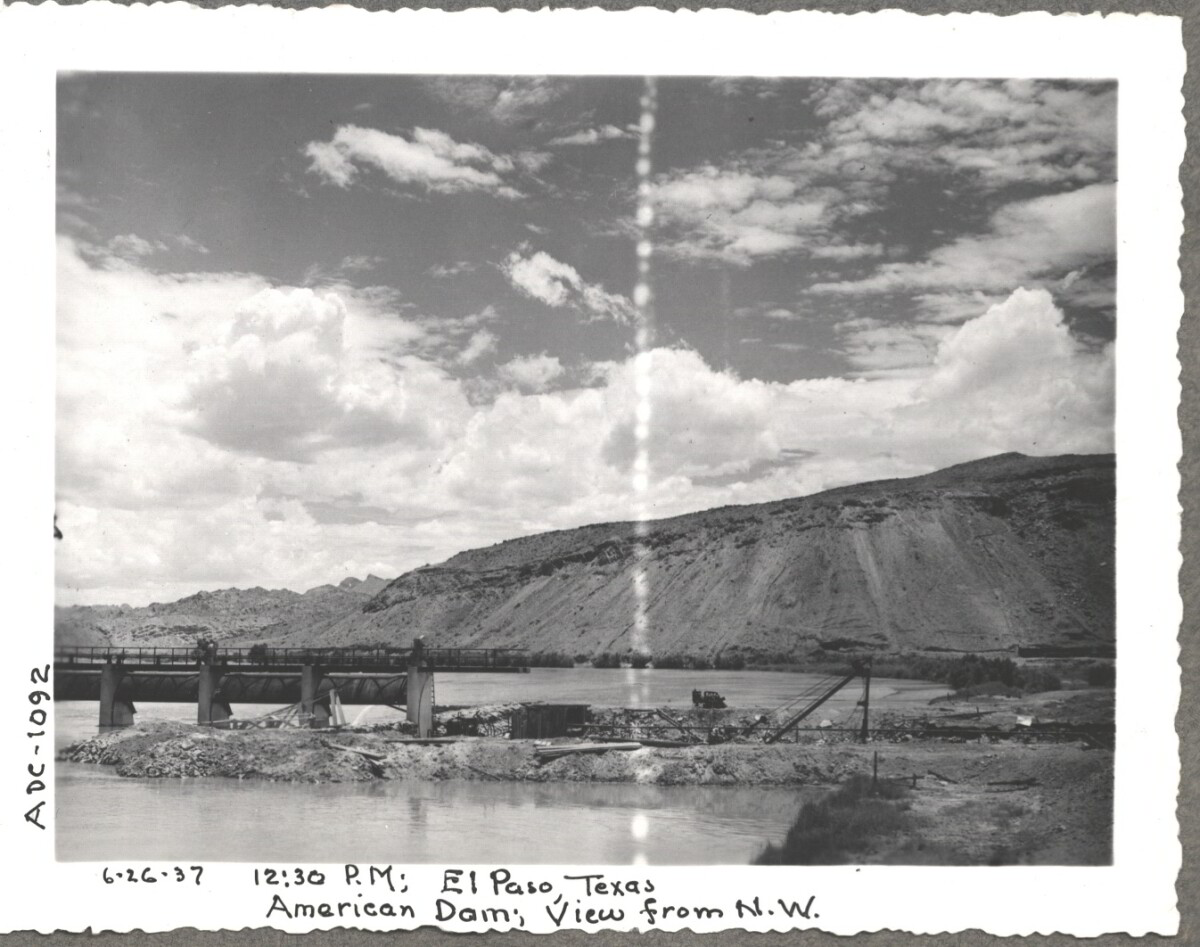
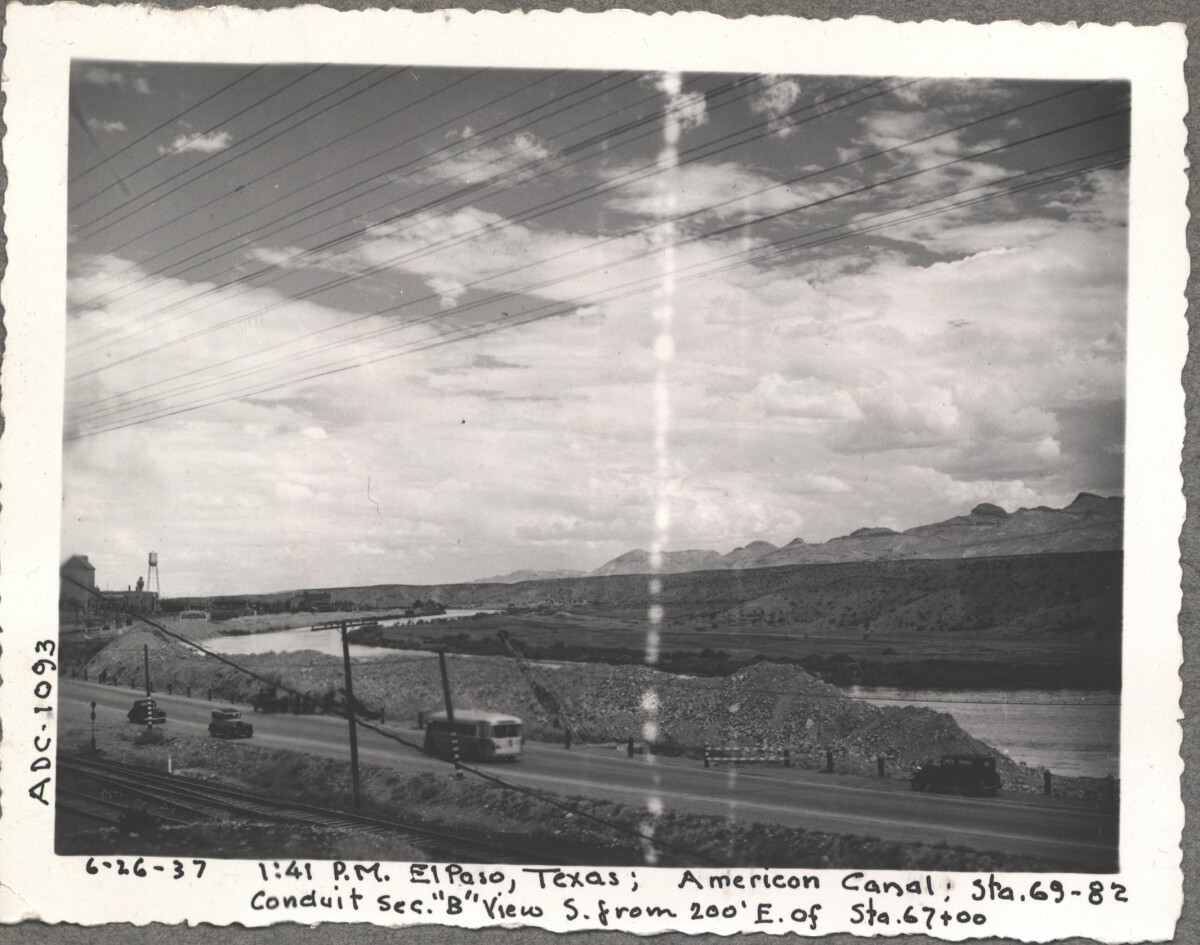
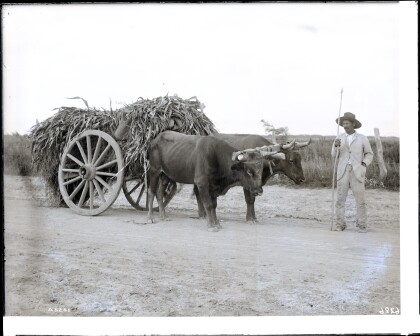

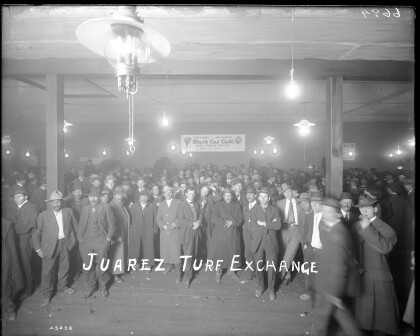
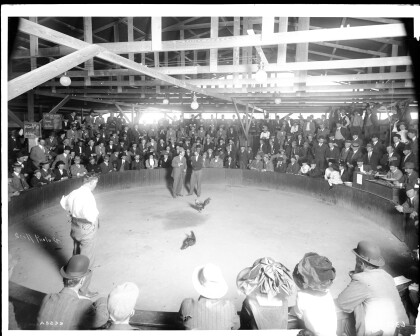
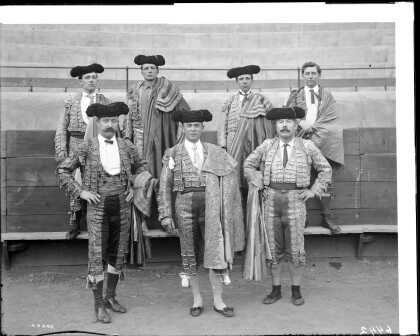

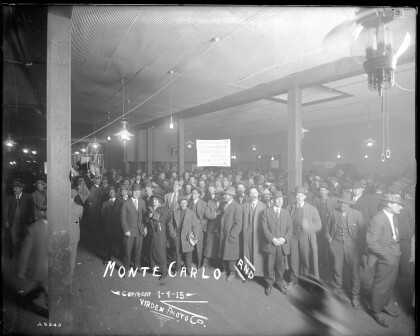
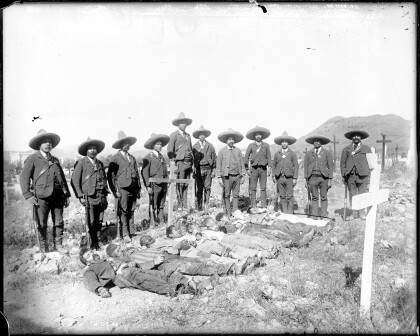

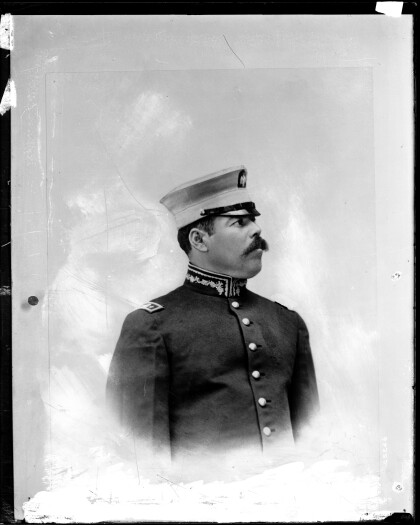
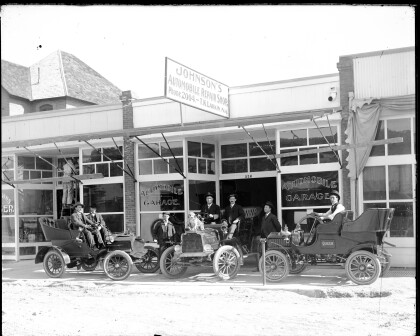
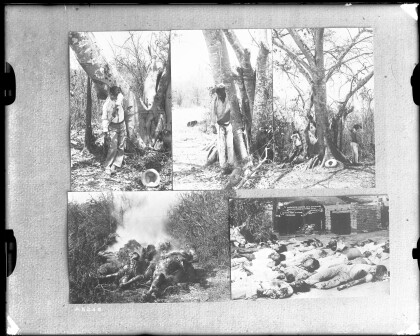

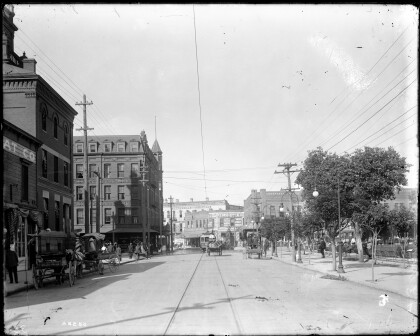
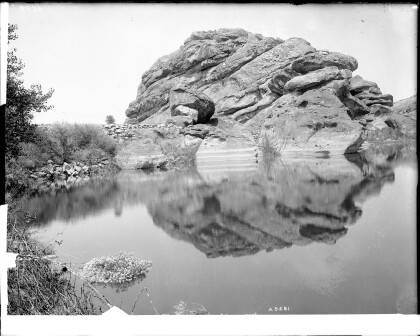
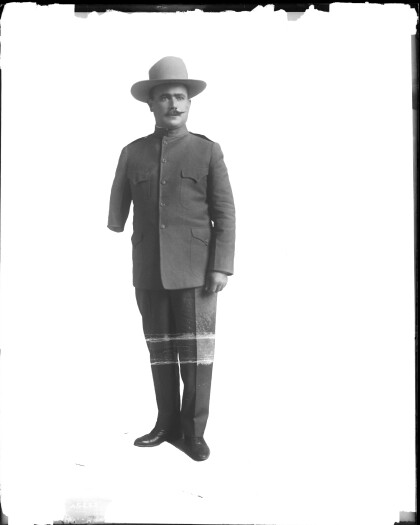

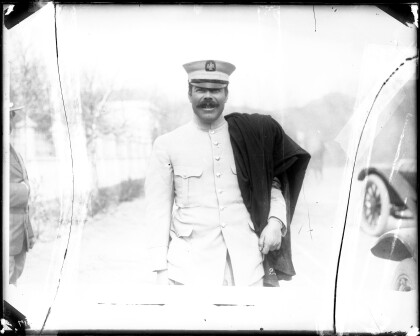


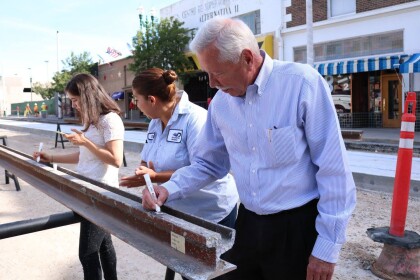

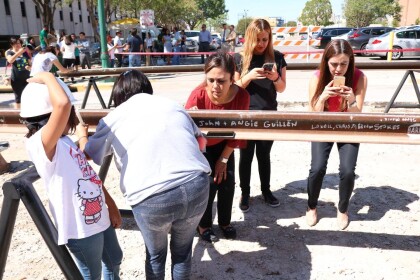
Comments
Add a comment